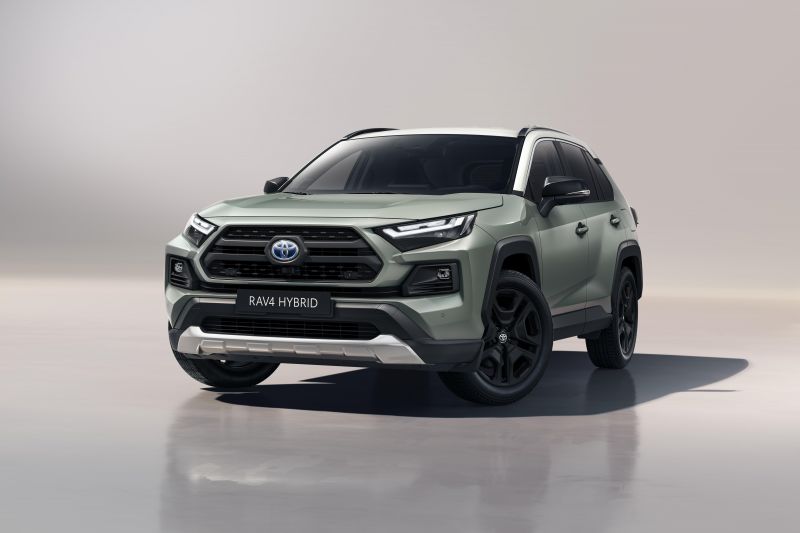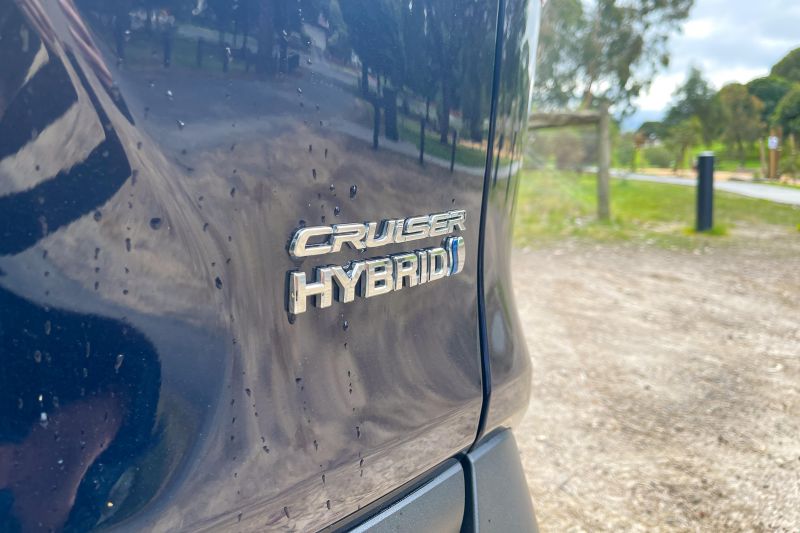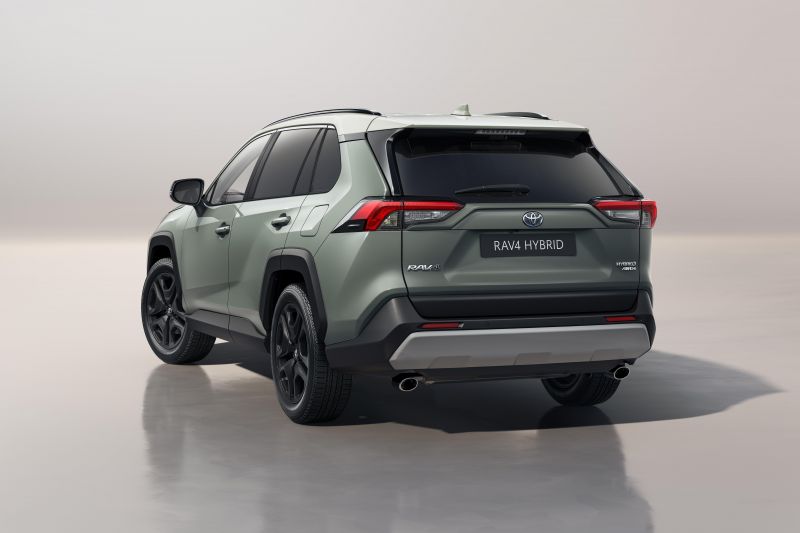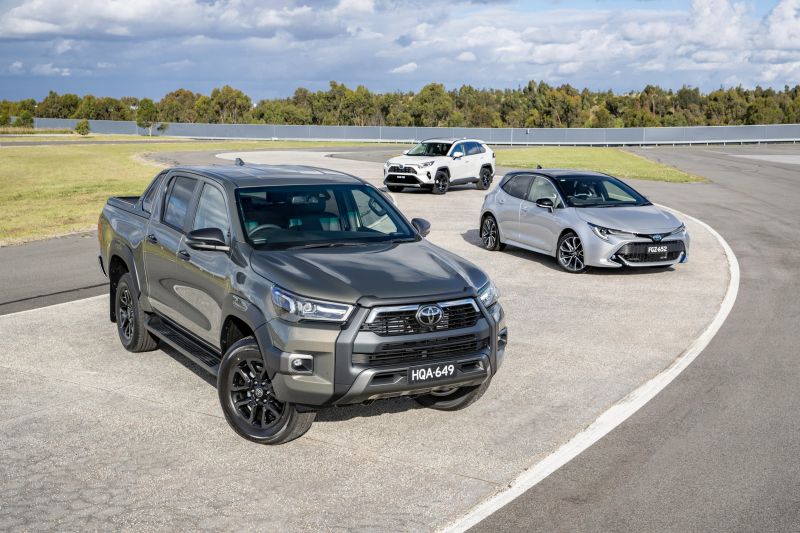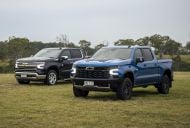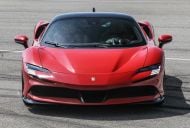Persistent long wait times for the Toyota RAV4 – Australia clear top-selling SUV – show few signs of improving until the second half of 2022, when production might free up.
But even then, the company concedes there are few guarantees its dealers will be as provisioned with stock as they’d like to be.
Toyota Australia’s head of sales, marketing and franchise operations Sean Hanley said this week average wait times on the more popular RAV4 spec grades were around 11 to 12 months, and would likely stay that long until April at the very least.
“RAV4 right now is around an 11-12 month wait on average… Some parts continue to be in short supply resulting in production interruptions. These shortages will continue to have some impact for the foreseeable future,” Mr Hanley said.
Because Toyota oversees hundreds of franchised dealers, there’s no precise figure around wait times. Simply put, some dealers have stock where others do not.
Wait times right now stem in large part from production shortfalls due to COVID-19 and the global semiconductor shortage, and are hitting more profitable highly-specified RAV4 Cruiser and Edge grades in particular.
These also happen to be in more demand, so it’s not only about supply-side issues.
Even pre-COVID Toyota Australia struggled to meet higher-than-anticipated interest in the RAV4 since launch at the start of 2019. Initially it was because it underestimated uptake of the hybrid model.
Mr Hanley once again apologised to frustrated customers, and said ”our parent company is doing everything possible with suppliers”.
Toyota Australia president and CEO Matthew Callachor added that he hoped for “more stability in other factors outside Toyota’s direct control”, while stating that the company was “looking as the year progresses to also build up production of RAV4 as well”.
In the meantime, Toyota says its goal is to regularly inform customers of production schedules, quickly after it learns of them from its Japanese parent company. Mr Hanley added that customers were not cancelling their orders en masse in frustration.
“We’re not seeing any, what I would say abnormal, trend in terms of our cancellation rates. I do thank our customers and I understand it’s frustrating.”
All this aside, the RAV4 is nothing if not a wild success story for the brand.
Toyota sold 35,751 RAV4s last year in Australia, making it the third top-selling vehicle overall behind the Toyota HiLux and Ford Ranger. It was also the number-one SUV, well ahead of the Mazda CX-5, despite a decline of 7.2 per cent in a growth market.
From this tally, 25,850 were hybrids, meaning the electrified model makes up about 72 per cent of total RAV4 uptake.
An updated 2022 RAV4 family will hit showrooms before the end of March this year, with the addition of new XSE and Edge hybrid grades and more features made available. It’s production of this updated model that is expected to grow later in the year.



